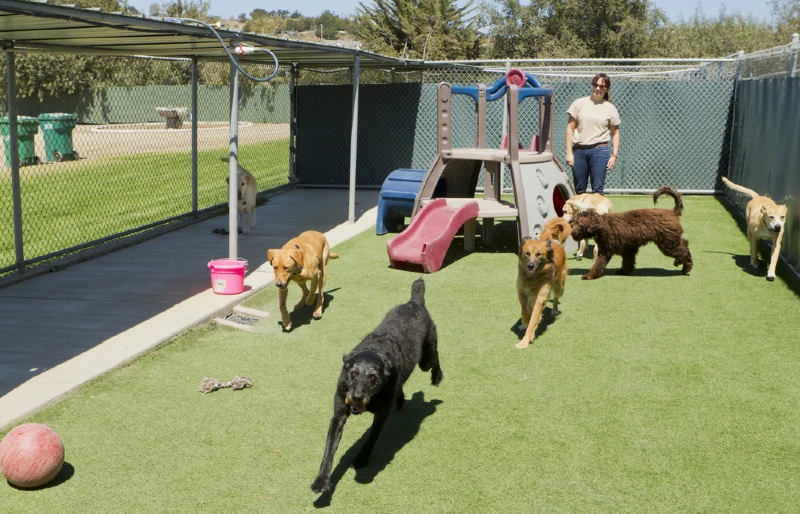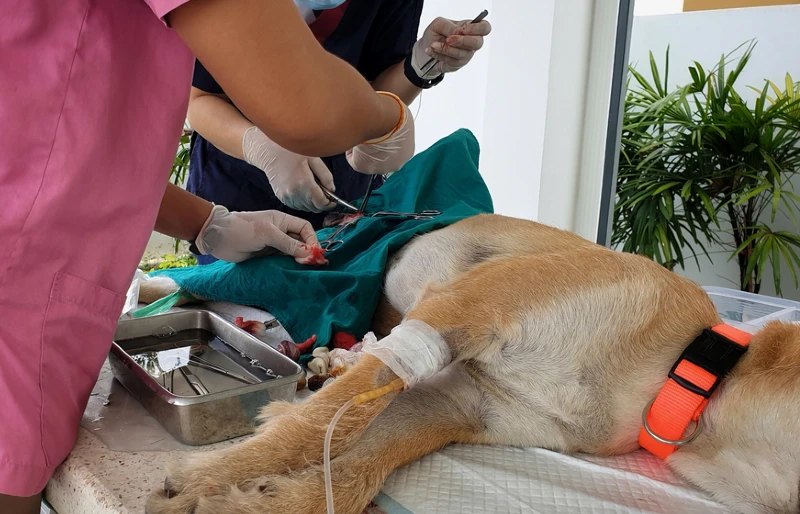What is the Cost to Microchip a Cat or Dog in Australia? 2024 Update

Updated on
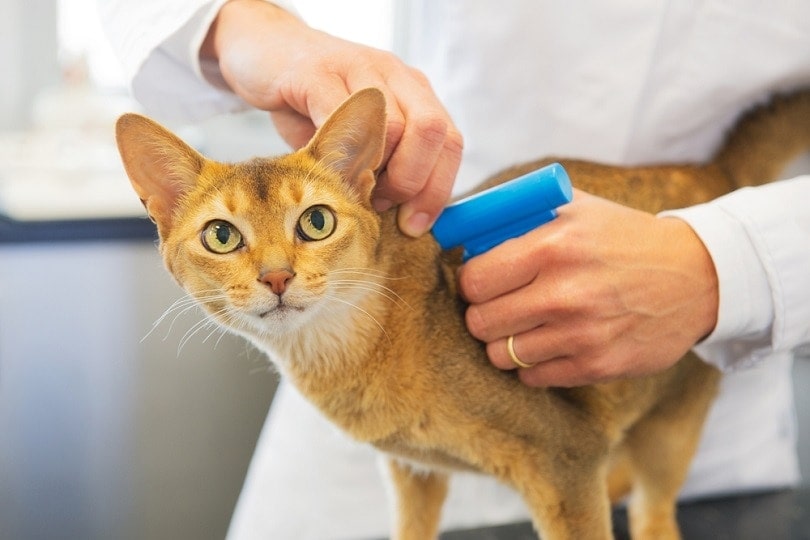
Microchipping cats and dogs can help reunite owners with lost pets more quickly if they go missing. It also makes the job of rescuers and shelters easier by speeding up the process and by potentially reducing the number of strays and lost cats and dogs that end up in their care. For these reasons, owners are encouraged to have their pets microchipped and, in most states and provinces of Australia, it is a legal requirement that cats and dogs be microchipped.
The Northern Territory is the only area where there are no legal requirements to have pets microchipped, and other areas have different laws that determine by what age a pet must be chipped. South Australia made it mandatory in 2018. In Tasmania, dogs must be microchipped, but there are no similar requirements for cats.
In any case, because the microchipping process is the same and the chips used in cats and dogs are the same, the cost is usually the same dependent on the species, age, gender, and size of the animal.
The average cost to have a pet microchipped is between $60 and $80, although it can cost a little more or a little less than this. The law in some parts of the country dictates that animals must legally be microchipped before they are sold to their new owners, so you may not need to worry about the cost of microchipping, in some instances.
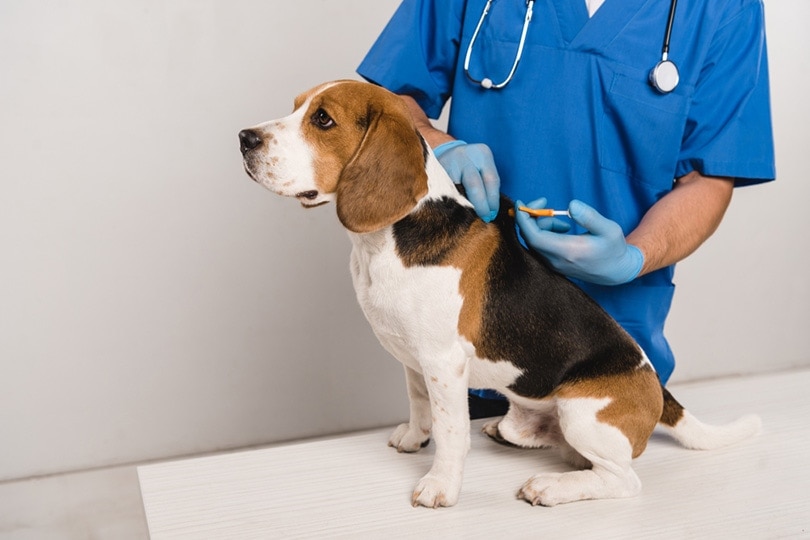
How Much Does Microchipping Cost?
Microchipping is a relatively inexpensive service and costs the same regardless of whether you are chipping a cat or dog, its age, or its size. This is because the chipping procedure is the same for all animals and the same chip is used in all instances. In a lot of cases, it is the responsibility of the breeder or adoption center to have an animal microchipped before it goes to its new owner and the breeder should provide you with details of the chip registration so that you can amend the name, address, and contact details as soon as you get your new pet. Adoption centers may incorporate the price of chipping into adoption fees.
There are no set fees for microchipping, which means that the person or company carrying out the chipping can set their own fees. Microchipping can only be carried out by a licensed expert, which means that they have undergone relevant training to perform the task. Vets offer to microchip and so, too, do some groomers and grooming services.
Regardless of who performs the microchipping, you should expect to pay between $60 and $80 for the chipping.
Additional Costs to Anticipate
Depending on which microchip registry you use, there may be a fee to change registration details. However, some registries, like the NSW Pet Registry do not charge a fee for this service
One related fee to consider is a license fee. You need to register a dog or cat with your local council, typically when the animal is aged 3 months or over and by April of the next year. The license fee is usually paid annually and there are different rates according to whether your pet is a cat or dog, its age, and whether or not the animal has been desexed. Some areas waive the registration fee for animals that are adopted from a shelter, and there are concessions available for pensioners and some other groups of people. Generally, fees are around $50 to $100 per animal, per annum, and there are penalties for failing to register a pet or failing to pay the annual permit fee.
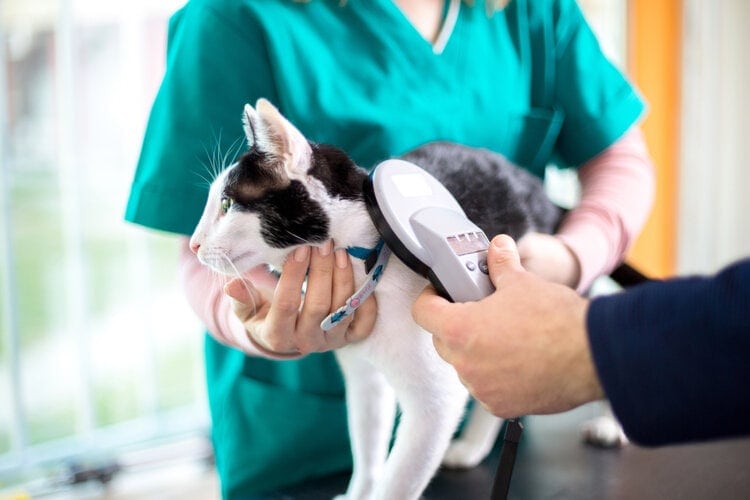
The Importance of Microchipping
It is estimated that 400,000 animals are surrendered, abandoned, or lost, in Australia every year. In a lot of cases, these animals are never reunited with their original owners because they can’t be found. Pets aren’t able to tell us where they live, and this is where microchipping is useful.
A small microchip is placed under the skin of the animal. Details of the chip, the pet it relates to, and the owners of that pet are then stored in a national registry. If the cat or dog is lost or handed into a shelter or vet, the animal is scanned to locate the chip. The scanner displays a serial number which can then be cross-referenced with national registries and the animal’s owners located. The chip is designed to last a lifetime, contact details can be changed with the registry, albeit sometimes with a small administration charge, and owners are encouraged to ensure that all pets are microchipped.
How Often Should I Microchip my Cat or Dog?
Pet microchips are designed and produced to last the lifetime of the pet and you are able to change registration details such as the address and contact number of the owner. This means that, in the vast majority of cases, an animal should only ever need to be microchipped once in its lifetime. There may be very rare instances where the microchip fails, or the microchip scanner is unable to properly detect the chip. In these cases, it may be necessary to have the pet microchipped again, but this is very rare.
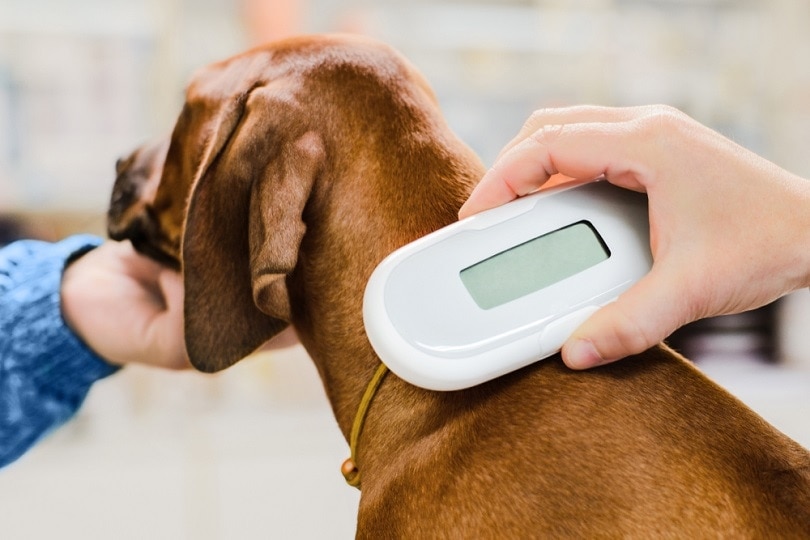
Does Pet Insurance Cover Microchipping?
Because microchipping is usually done by the breeder or the adoption center before a cat or dog is given to the new owner, most people do not need to worry about paying for microchipping. Furthermore, because microchipping is preventive and meant to facilitate quicker and easier return of a lost pet, it is not usually covered by pet insurance policies. Some wellness packages may include microchipping, but, again, it is rare. Specialist animal insurance policies that are geared toward breeders may include microchipping.
Is Microchipping Painful?
The microchipping procedure is quick and generally painless, although it can cause some discomfort, especially in smaller animals. The chip is injected under the skin, typically between the shoulder blades where it is easy to locate and detect. It is small, but if your dog or cat is anxious around needles or generally anxious around vets, it may still become anxious during the whole procedure. If your pet is very anxious, the vet may be able to prescribe some kind of medication to help reduce the anxiety and ensure that the procedure can be undertaken safely and without worry.
It takes a few seconds to complete and once completed, the vet will wipe the injection site with a sterile wipe, and your pet will be free to go home with you. The microchip should never need removing or replacing so it is a one-off procedure. Once the chip has been injected, your pet shouldn’t even know that it is there, so it won’t feel any discomfort once you get home. The chip is designed to be non-toxic, too, so there won’t be any allergic reactions. Millions of animals are injected with microchips every year and suffer no side effects, ill effects, or other problems from the simple procedure.
There is a very small risk of an animal developing a tumor at the injection site, but the risk is minimal, and experts and most owners consider this small risk to be worth the benefits of having their dog or cat microchipped.
Once the procedure is completed, there is no real aftercare required. You may notice a drop of blood immediately after the procedure, which you can wipe away with a wet, clean cloth or tissue. And, if you notice blood around the injection site in the few days after the procedure, leave it to scab and heal over.
Conclusion
Hundreds of thousands of dogs and cats are lost or run away every year, and microchipping is the most effective means of reuniting lost pets with their owners. It is also a legal requirement in most states that animals be microchipped, typically even before you take your new cat or dog home. Costs can vary by region and the vet or other professional used to complete the service, but the cost is usually the same regardless of animal type, gender, age, or size, and microchipping costs $60 to $80 per animal.
Featured Image Credit: Ivonne Wierink, Shutterstock

